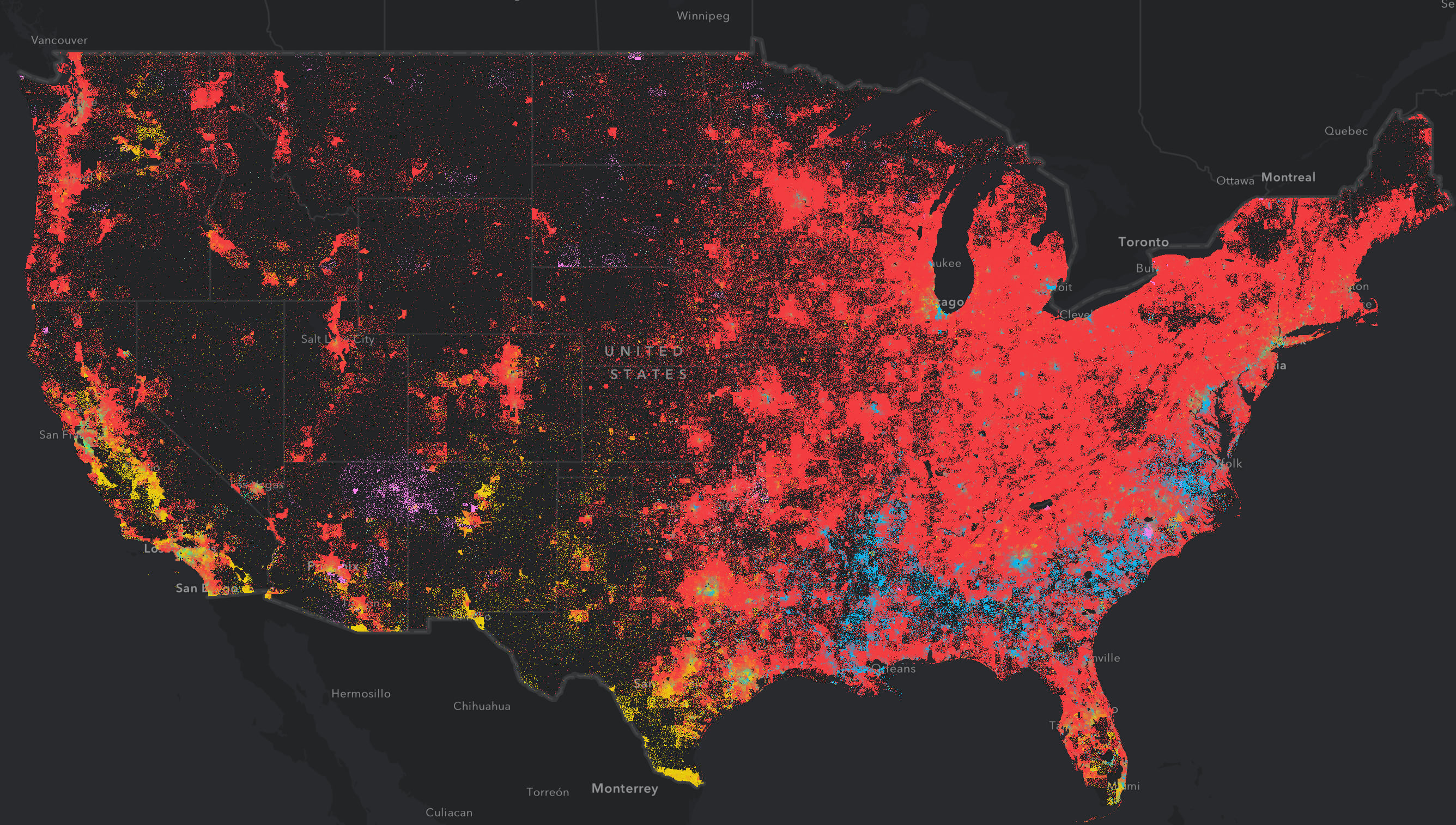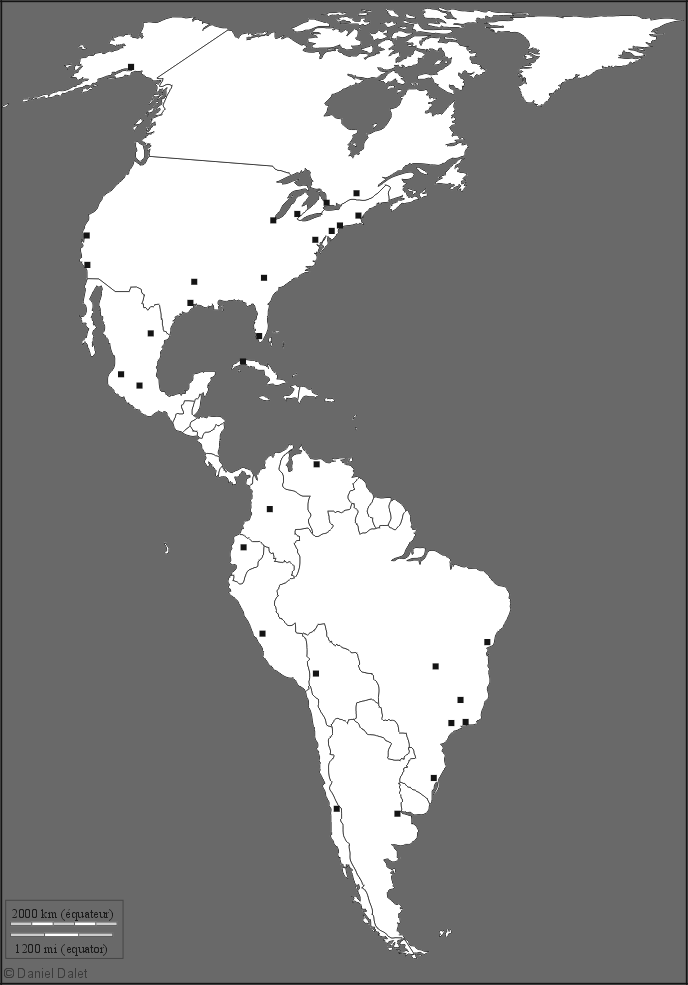
Not an image that will be used to plan pandemic evacuation plans. These maps are qualitative, not quantitative because at the end of the day, we want to produce an image that is thought provoking and eye catching. For example, one of the first results on google images uses the scale 0, 1, 5, 10, 20, 50, 100, 200, 1000 people per square kilometre so in this case they are just treating all areas with a high population as the same. Population density maps tend to have custom scales. Population density per square kilometre, plotted using a logscale. Our data fits into both of these categories so it is appropriate in this case. However, log plots are good when there is a small population of values orders of magnitude greater than the majority (cities) and also in plots where you are trying to show multiplicative factors (Himalayan mountains vs Shanghai). I try to avoid log plots if possible because the resulting plot can be hard to interpret and the data is often meaningless. The first thing that I thought I would try is a log plot. No data and no people are going to be treated as the same thing in this map so below any values below 0 will be set to zero. The min values is -200 which corresponds to null values. For example, the population density in central park in NY is very different to that of some of the residential districts. It is important to note that while this value is larger than the values quoted following a google search for cities or countries with the largest population density, this corresponds to a single km and values for cities and countries are average values.

The max value is 459434.69 people per square km. So the units are number of people per square kilometre (30 arc seconds = 1km). The units of the data are 30 arc seconds and each tile contains the number of people recorded for that tile. The data comes in the form of a tif file and can be read with rasterio. It is important to note that this tutorial will require the WGS84 projection. The data is available here and the specific file needed is the GHS population, 30 arcsec dataset from 2018.
#Us population density map download#
The first thing to do is to download the data to wherever you like to do your data visualisations. The data is freely available and terms of service can be found here. There are a lot of population density datasets out there however for the purpose of this exercise we will use the GHSL - Global Human Settlement Layer. So in this article I am going to outline how you can use open source population density data to build your own population density maps using Python. This is what you are seeing in the cover image, dark hotspots denoting densely populated cities and towns mixed amongst lighter areas with very few people. This is a genuinely fascinating concept and with the right population density map you can pick out individual cities, towns and even villages as well as identify the worlds truly remote areas.

In reality there are areas that are completely unpopulated and entire countries with population densities of thousands of people per square kilometre. If the population of the world was spread evenly then there would be roughly 50 people per square kilometre. However when you actually look at population density maps you tend to find that the majority of people cluster themselves together, in spite of the vast, empty spaces around the world. Humans have spread themselves far and wide across Planet Earth, touching every continent and casting their impact across vast swathes of the world. However, it is over 8 times higher than that of Canada and over 9 times higher than that of Australia.This article was largely inspired by the subreddit r/ peopleliveincities. is a twelfth that of India and the Netherlands and a fifteenth that of South Korea. For example, the population density of the U.S. The population density of the United States is lower than that of many other countries because of the United States' large land area, with there being large, sparsely populated areas like those extending from the outskirts of Seattle up until Minneapolis from west to east, and from Tacoma to San Francisco, excluding the presense of the cities of Portland and Spokane. Resident population is from the 2020 United States census. Population density is defined as the population per (divided by) land area. It also includes a sortable table of density by states, territories, divisions, and regions by population rank and land area, and a sortable table for density by states, divisions, regions, and territories in square miles and square kilometers. This is a list of the 50 states, the 5 territories, and the District of Columbia by population density, population rank, and land area. Map of states shaded by population density (2020)


 0 kommentar(er)
0 kommentar(er)
